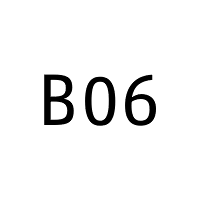Outlawing racial discrimination – Making practices of comparison illegitimate
In December 1965, the General Assembly of the United Nations adopted the International Convention on the Elimination of All Forms of Racial Discrimination. When the process of decolonisation was at its height, human rights law moved to delegitimise practices of comparison that were deeply rooted in what is called European modernity or the European expansion. We assume that racial discrimination – outlawed by the convention – is intrinsically linked to practices of comparing, in particular comparisons that mark a difference implying less worth and backwardness. Therefore, we investigate: Was there, in the run-up to the convention, a phase where certain practices of comparing came under critique and became inacceptable?
We also assume that the convention, by prohibiting racial discrimination, indeed aims to undercut certain practices of comparing for the time to come. If so, what are the practices of comparing that are meant to be eliminated, because they constitute racial discrimination?
Finally, we investigate the methods the committee established under the convention applies when it seeks to identify whether or not an act of racial discrimination has occurred in the particular setting of a case. We assume that the committee, when doing so, needs to rely on comparisons and that, through relying, the committee creates practices of comparing of its own kind.
Hence, we shall face two different sets of practices of comparing: for one, practices that ought not be. For another, practices that are necessary to identify the practices that ought not be. The former will help to clarify and structure the notion of racial discrimination, the latter will contribute to theorising judicial review in discrimination cases. In a historical perspective, we will give an account on the rise of a global standard that links postcolonial thinking with the human rights discourse.

